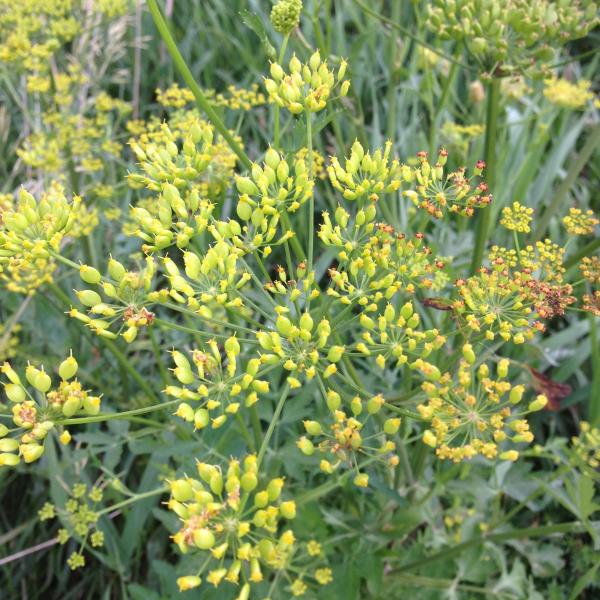
News Source
"SOUTH HERO, Vt.
The flowers in your garden aren't the only plants springing back to life, those unwanted weeds, and invasive plants are also breathing new life.
Though we are welcoming the greening up of trees and lawns, not all plants coming back.
Bob Popp, Vermont State's Botanist says the state is seeing more invasive plants.
He believes that the climate change is playing a major roll.
"Most of these things are moving up from the South. There are very few invasive species moving down from the North. They are all more Southern species that are finding it more hospitable in Vermont." says Popp.
He also thinks plants like Poison Ivy are becoming more toxic and you should stay away from them.
But the South Hero Land Trust is doing just the opposite, they are trying to remove Wild Parsnip from the area.
Director Emily Alger is with the Land Trust and says Wild Parsnip is growing all over the area of South Hero.
"Its an exotic plant that came from outside of our area, and its invasive which means it will get in to the environment where native plants have been disturbed, and take over those environments." says Alger.
Unlike Poison Ivy which gives you a rash from a allergic reaction Wild Parsnip creates a chemical reaction.
"The chemical in Wild Parsnip reacts with the sunshine and that causes burning, that is universal. Its not an allergic reaction, its a burn that is happening to your skin." says Alger
Thankfully for now the plant hasn't flowered, this means the toxins in the plant are too low to cause a burn right now.
Alger says if you need to get rid of Wild Parsnip on your land you should use a shovel and don't touch it with your hands.
Just like other flowering plants, Wild Parsnip drops seeds, this means the plant will continue to grow for many season to come. "
Article Credit: Torrance Gaucher, My Champlain Valley
Photo Credit: E. Spinney, FPR, wild parsnip